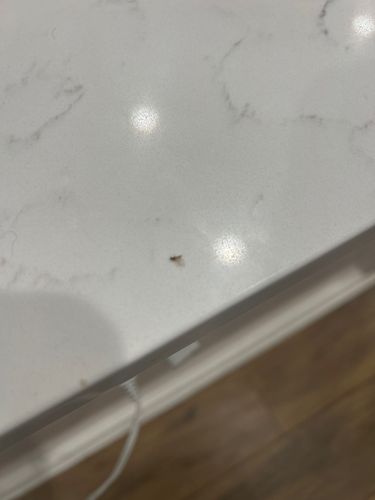Phorid Fly, Scuttle Fly, Humpbacked Fly
Scientific Name: Various species, commonly Megaselia scalaris or other Phoridae species
Order & Family: Order: Diptera, Family: Phoridae
Size: 1-5 mm (typically 2-3 mm)

Natural Habitat
Phorid flies are found in a wide variety of moist, decaying organic environments. This includes kitchens (around drains, garbage disposals, decaying food), bathrooms (drains), basements, crawlspaces, and outdoor areas with decaying vegetation or animal carcasses.
Diet & Feeding
Adult phorid flies feed on decaying organic matter, fermenting liquids, and various moist food sources. Larvae feed on decaying organic matter, including decaying plants, animal matter, fungi, and sometimes other insects.
Behavior Patterns
Phorid flies are known for their erratic, scuttling run rather than direct flight. They are attracted to decaying organic matter, moisture, and fermenting liquids. Adults are short-lived, but females can lay many eggs in suitable breeding sites. Larvae develop quickly in moist, decaying materials.
Risks & Benefits
Potential risks include being a nuisance pest, especially in kitchens and food preparation areas, as they can carry bacteria from their breeding sites to food surfaces. In large numbers, they can indicate a sanitation problem. They are generally not known to bite humans or transmit diseases directly, but their presence can suggest unsanitary conditions. From an ecological perspective, they are decomposers, helping to break down organic matter in nature.
Identified on: 8/9/2025